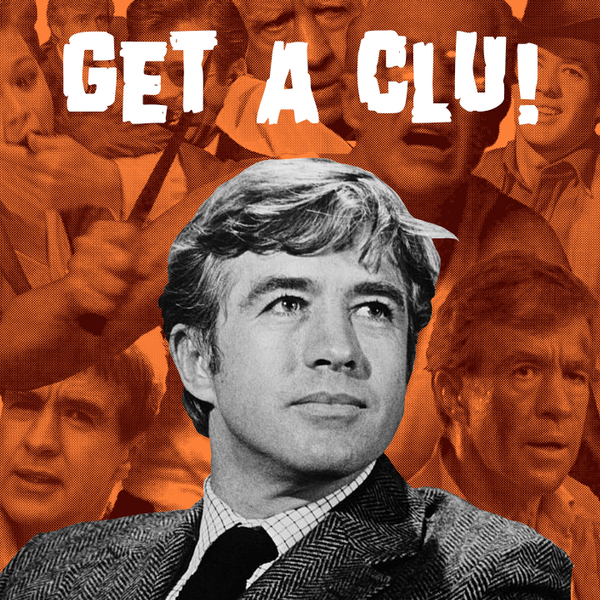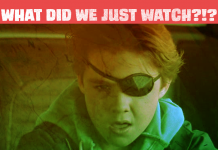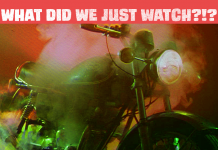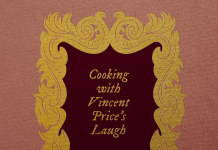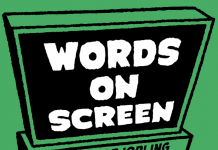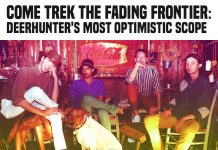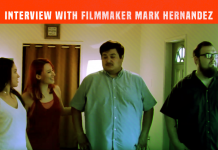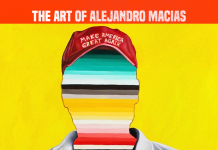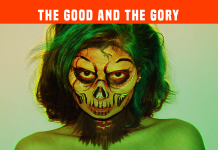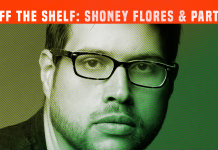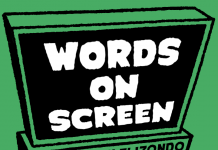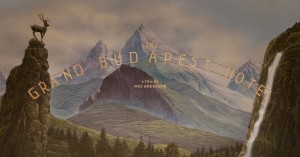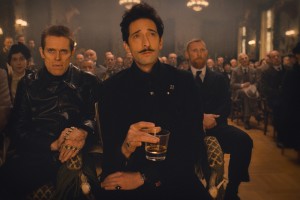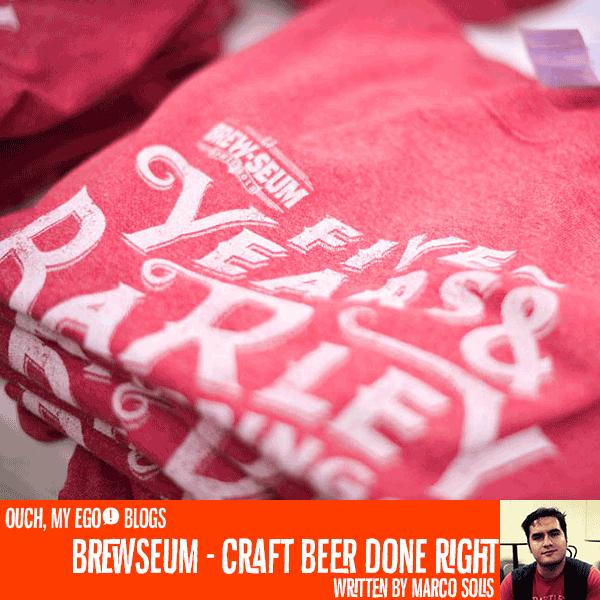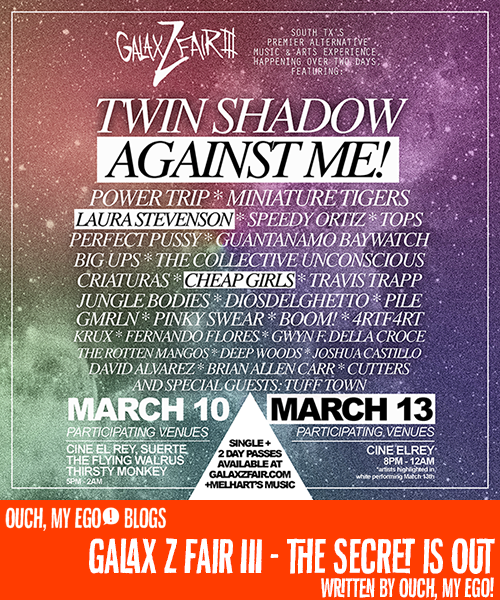This year, in exchange for event coverage, SXSW was gracious enough to provide Ouch My Ego with passes that granted access to the festivals film screenings. I was involved in a car accident that left me unable to attend and cover the festival, but this created a new opportunity. Jordan Glazer, a friend, artist and researcher living in Austin was able to make use of the passes and cover the event on behalf of Ouch My Ego.
Among the plethora of wonderful events happening at this years festival, The Grand Budapest Hotel, Texan filmmaker Wes Anderson’s latest work, was screened and also featured an extended Q & A with the director immediately following it’s showing. Jordan and I were able to collaborate on the following review of this happening. – Michael Flanagan
Wes Anderson, a Texas native and one of modern cinemas most popular directors was in the midst of a festival run of his latest film, The Grand Budapest Hotel. After the films SXSW screening he sat down with fellow Texan filmmaker Richard Linklater for a live Q & A session with the audience in which he discussed, among other things, his journey from 24 year old rookie director premiering a short film to a room full of primarily cast and crew to Oscar winning artist with over 1,000 people lining up for a sold-out chance to see him in person.
Anderson’s latest film does not deviate from expectations, and while offering few surprises, ultimately yields a satisfactory cinematic experience. The film is inspired by the writings of Austrian author Stephan Zweig (1881-1942) and is saturated with “classic” Hollywood wit. It is set (primarily) between World Wars during the 1930’s and 40’s. The narrative is composed like the pace of a book, with sub-narratives detailing events related to the story that take place several years before and after the main plot. The film confronts the Nazism, racism, and classism that took place throughout the era it takes place in whimsically and with a strong sense of irony. While the film is radiant with a polished surface, what is Anderson trying to communicate beyond face value?
The Grand Budapest Hotel is stuck in the shell of a Hollywood genre and falls into campy moments at times, though one of its most striking features is the cinematic language with which it brings these characters to life. Anderson’s artistic voice exchanges film convention with his own originality. Most notable is the use of three different film formats that frame the various era’s in which the film takes place. Model sets and painted backgrounds are used in establishing shots of the hotel. These optical effects heighten the imagination like a written text and brilliantly serve to treat the hotel as a character and setting. Anderson conceals and distorts human faults in brilliant set design and direction. I came away from the film with a sense of it as a story for helping people to accept and embrace their weaknesses, in the process becoming stronger and more complete.
Anderson’s work is consistently inspiring, heartfelt, and aesthetically delightful. Having an artist like him being born, bred, and featured in such close proximity to the Rio Grande Valley leaves one with a happy and encouraging feeling. His latest work show’s no signs that the creative well he draw’s from is anywhere near drying up.
Co-Authored by Michael Flanagan and Jordan Glazer


